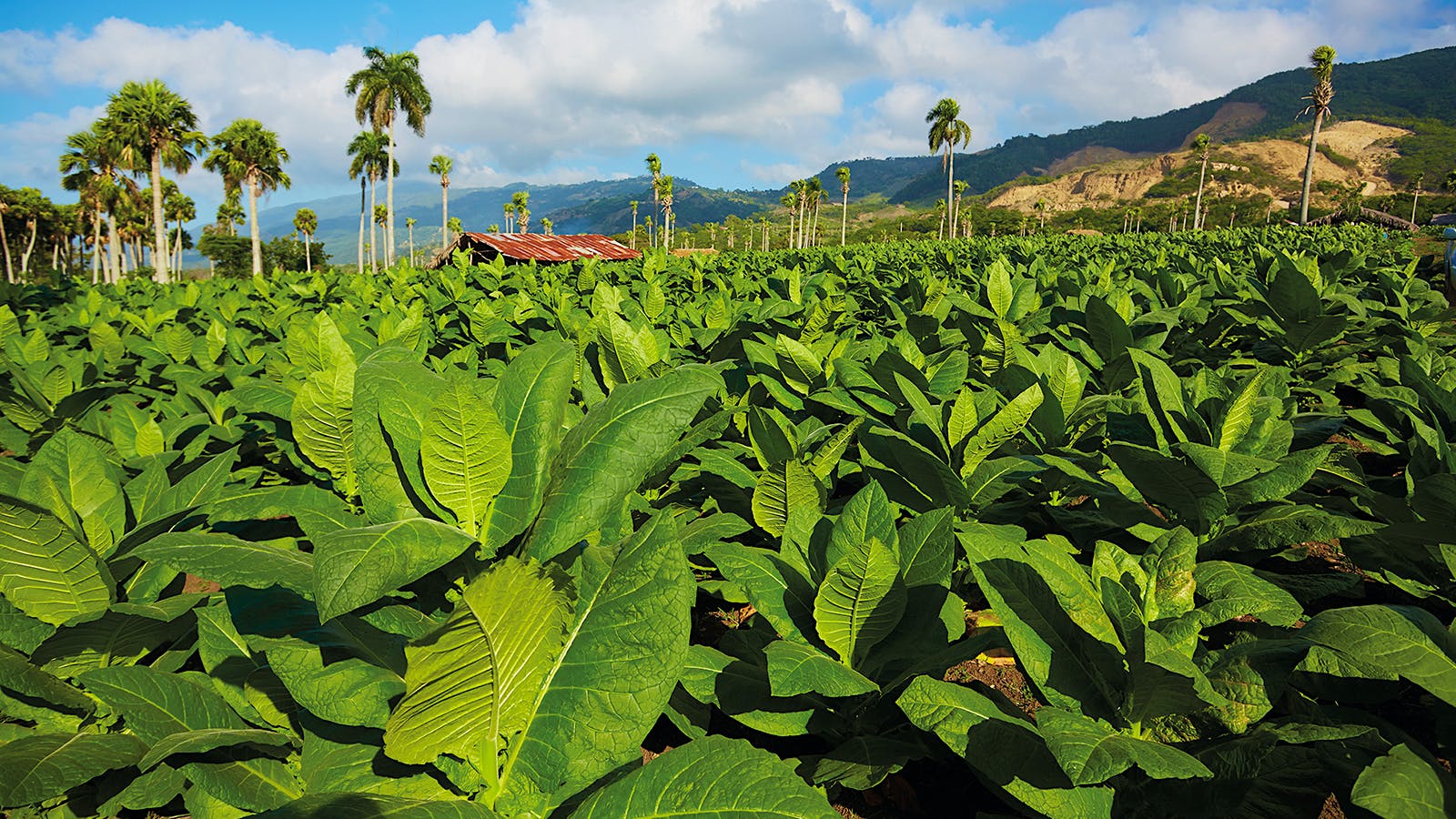Introduction: A Journey into the World of Cigar Smoking
Are you a cigar enthusiast or a curious beginner looking to explore the world of cigar smoking? Unlocking the Secrets: 5 Must-Know Insights for Cigar Smokers is here to take you on a delightful journey of discovery. This article will provide you with valuable insights into the art of cigar smoking, offering you a wealth of information that will enhance your appreciation for these fine tobacco creations. From choosing the perfect cigar to understanding the nuances of flavor, this guide will help you unlock the secrets of this timeless tradition.
The Basics: Understanding Cigars
Cigar smoking is an art that requires some fundamental knowledge to truly enjoy the experience. Let’s dive into the basics and lay a solid foundation for your cigar journey.
1. What is a Cigar?
Before we delve deeper, it’s important to understand what exactly a cigar is. A cigar is a tightly rolled bundle of fermented and dried tobacco leaves, designed to be smoked and savored.
2. The Anatomy of a Cigar
To appreciate a cigar fully, it helps to understand its anatomy. Here are the key components of a cigar:
- Wrapper: The outermost leaf that encloses the cigar, giving it its appearance and contributing to its overall flavor.
- Binder: The leaf that holds the filler tobacco together and provides stability to the cigar.
- Filler: The blend of tobacco leaves inside the cigar, responsible for its flavor and strength.
- Cap: The small piece of wrapper leaf attached to the head of the cigar, which is cut before smoking.
Choosing the Perfect Cigar: A Matter of Taste
Selecting the right cigar is crucial to ensure an enjoyable experience. Let’s explore some factors to consider when choosing the perfect cigar for your palate.
3. Understanding Cigar Sizes and Shapes
Cigars come in various sizes and shapes, each offering a unique smoking experience. Here are some common cigar sizes and shapes you may encounter:
| Size | Shape |
|---|---|
| Robusto | Short, thick cigar |
| Churchill | Longer, slender cigar |
| Corona | Medium-sized cigar |
| Toro | Medium to large cigar |
| Petit Corona | Small-sized cigar |
4. Flavor Profiles: Mild, Medium, or Full-bodied?
Cigars come in different flavor profiles, ranging from mild to full-bodied. The strength and complexity of a cigar’s flavor depend on factors such as the tobacco blend and fermentation process. Here’s a breakdown of the flavor profiles:
- Mild: Gentle, smooth flavors with subtle nuances.
- Medium: Balanced flavors with moderate complexity.
- Full-bodied: Rich, bold flavors with pronounced complexity.
5. Exploring Cigar Brands and Origins
The world of cigars boasts a vast array of brands and origins, each with its distinct characteristics. Some renowned cigar-producing regions include Cuba, the Dominican Republic, Nicaragua, and Honduras. Exploring different brands and origins allows you to discover a wide range of flavor profiles and smoking experiences.
The Ritual: Properly Enjoying a Cigar
Now that you’ve chosen the perfect cigar, it’s time to delve into the art of properly enjoying and savoring it. Let’s unravel the secrets to a fulfilling cigar smoking ritual.
6. Mastering the Cut: How to Prepare Your Cigar
Before lighting up your cigar, it’s essential to make a clean and precise cut. Here are a few popular cutting methods:
- Straight Cut: This method involves cutting the cap straight across, allowing for an even draw.
- V-Cut: With a V-cut, a small notch is made in the cap, creating a V-shaped opening for a controlled draw.
- Punch Cut: Using a cigar punch, a small hole is punched through the cap, providing a focused draw.
Choose the cutting method that suits your preference and ensure a clean cut without damaging the wrapper.
7. Toasting and Lighting: Igniting Your Cigar with Care
Toasting and lighting a cigar properly is crucial to set the stage for a smooth and enjoyable smoke. Follow these steps to ignite your cigar:
- Hold the flame (preferably a butane lighter or cedar spill) about half an inch away from the foot of the cigar.
- Rotate the cigar slowly while gently toasting the foot, allowing the heat to evenly warm the tobacco.
- Once the foot is evenly toasted, bring the cigar to your lips and draw in while simultaneously applying the flame to the foot.
- Continue gently puffing on the cigar, ensuring an even burn across the entire circumference.
Avoid using gasoline lighters or candles, as they can impart unwanted flavors to the cigar.
8. The Art of Smoking: Appreciating the Flavors and Aromas
As you embark on your cigar-smoking journey, take the time to savor the flavors and aromas that unfold with each puff. Here are some tips for a fulfilling smoking experience:
- Take slow, deliberate puffs, allowing the smoke to linger in your mouth before exhaling.
- Pay attention to the flavors and notes you perceive. Is it woody, spicy, nutty, or sweet?
- Consider the aroma surrounding the lit cigar. Does it evoke scents of leather, coffee, or earthiness?
- Pair your cigar with complementary beverages like whiskey, rum, or coffee to enhance the flavors.
Remember, cigar smoking is a leisurely experience meant to be savored and enjoyed.
9. Proper Etiquette: Dos and Don’ts of Cigar Smoking
Cigar smoking also comes with a set of etiquette guidelines to ensure a respectful and enjoyable atmosphere. Here are some dos and don’ts to keep in mind:
- Do ask permission before smoking in public places or in someone else’s home.
- Do ash your cigar regularly to avoid excessive buildup.
- Don’t extinguish your cigar by crushing it in an ashtray; allow it to naturally go out on its own.
- Don’t blow smoke directly into someone’s face or in crowded areas.
- Do dispose of your cigar properly, ensuring it is fully extinguished and disposed of in designated areas.
Adhering to these guidelines shows respect for others and maintains the integrity of the cigar smoking experience.
Caring for Your Cigars: Storage and Maintenance
Proper storage and maintenance are essential to preserve the quality and flavors of your cigars. Let’s explore some tips to ensure your cigars remain in optimal condition.
10. Humidity Control: Investing in a Humidor
To maintain the ideal humidity level for your cigars, it’s recommended to invest in a humidor—a specialized box designed to store cigars. A humidor helps regulate temperature and humidity, preventing the cigars from drying out or becoming too moist.
11. Seasoning Your Humidor: Preparing the Perfect Environment
Before placing your cigars in a new humidor, it’s crucial to season it properly. Follow these steps to ensure an optimal environment for your cigars:
- Wipe the interior of the humidor with a clean, damp cloth to remove any dust or debris.
- Fill a small dish or container with distilled water and place it inside the humidor.
- Close the humidor and allow it to sit for 24 to 48 hours, allowing the wood to absorb the moisture.
- Check the humidity levels using a hygrometer. Ideally, it should be around 65-70% for most cigars.
- Once the humidity is stable, remove the dish and add your cigars to the humidor.
12. Temperature Considerations: Keeping It Cool and Consistent
In addition to humidity control, maintaining a consistent temperature is important for cigar storage. Ideally, cigars should be stored between 65-70 degrees Fahrenheit (18-21 degrees Celsius). Avoid extreme temperature fluctuations, as they can negatively affect the quality of your cigars.
13. Rotation and Organization: Avoiding Flavor Contamination
To ensure even aging and prevent flavor contamination, it’s recommended to rotate your cigars periodically. This involves moving cigars from the bottom to the top shelves or rearranging them within the humidor. Additionally, organizing your cigars by brand, size, or flavor profile makes it easier to select the perfect cigar for any occasion.
14. Aging: Allowing Your Cigars to Mature
Just like fine wines, cigars can benefit from aging. Aging allows the flavors to meld and develop more complexity over time. If you have the patience, consider setting aside a few cigars in your humidor for extended aging. Some connoisseurs believe that a well-aged cigar can provide an unparalleled smoking experience.
15. Troubleshooting: Common Cigar Storage Issues
Even with proper care, you may encounter some storage issues along the way. Here are a few common problems and their solutions:
- Dry Cigars: If your cigars become too dry, rehydrate them gradually by placing them in a sealed bag with a small piece of moistened cedar or a humidification pack.
- Mold: Mold can develop in humidors if the humidity levels are too high. If you spot mold on your cigars, remove the affected cigars, clean the humidor thoroughly, and adjust the humidity to a lower level.
- Beetles: Cigar beetles can infest your humidor and damage your cigars. To prevent this, freeze new cigars for a few days before placing them in the humidor to kill any potential beetle eggs.
Regular monitoring and proper maintenance will help you avoid most storage issues and preserve the quality of your cigars.
Frequently Asked Questions
Q1: How do I choose the right cigar size? A1: The size of a cigar depends on personal preference and the time you have available for smoking. Experiment with different sizes to find what suits you best.
Q2: Can I relight a cigar that has gone out? A2: Yes, you can relight a cigar that has gone out. Simply remove the ash, gently blow on the foot to remove any residual ash, and re-toast and light the cigar.
Q3: Are E-cigarettes and Nicotine Addiction:? A3: The trend of inhaling e-cigarettes or vaping is becoming popular as an excellent alternative to smoking. Many smokers switch to vaping to quit smoking. This tremendous change in the market is due to the multiple benefits of vaping over smoking. Firstly, it is less costly since you only need a rechargeable device.



